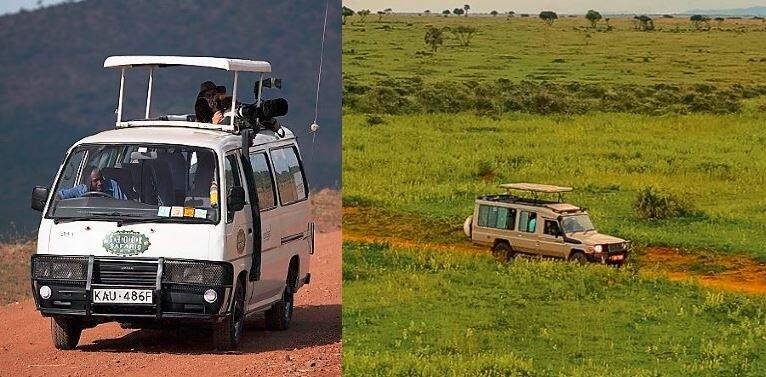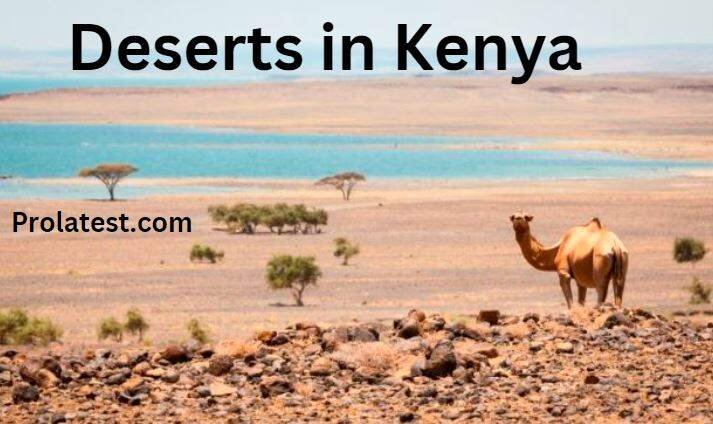Imagine standing before a colossal rock formation that sheds tears—that’s exactly the crying stone in Kenya. This mysterious rock seems to have defied the laws of geology and sparked both awe and bewilderment. If you’re planning to visit this rock you need to know its location, entry charges, and why it cries.
Luckily, here’s everything you need to know for a successful visit to the crying stone of Kenya. From its location and charges to why it cries, we discuss everything. Keep reading!
The Location of the Crying Stone of Kenya
The Crying Stone Lies exactly eighteen miles (28.97 KM) north of the Equator line. It’s in the Ilesi area of Kakamega County, along the Kakamega-Kisumu highway. The crying stone is 396.8 Kilometers from Kenya’s capital, Nairobi.
According to the Isukha, a Luhya sub-tribe, the Crying Stone (Ikhonga Murwi) is a sacred monument.
Also Read: What You Need To Know About Ol Pejeta Conservancy
Why Does the Crying Stone in Kenya Weep?
The scientists and the natives of Kakamega have varying opinions:
Natives
The Luhya people believe that supernatural powers surround the mysterious forty-meter-tall rock. The mammoth rock looks like a human torso with a head at the top and hidden water paths. The water has run down its torso, making it look like a weeping rock for several years.
There is no river nearby and it certainly does not rain every day. No wonder the locals believe the rock has weird magical powers. For instance, they believe that the battles between the Luhya and Kalenjin people occupying the Malava region began at the Crying Stone at the turn of the 20th century.
One story passed down many generations is that Nandi men from the Kalenjin tribe tried to bring down the head of the Crying Stone in vain. They wanted to remove it to find out why the stone cries.
First, they tried to climb to the top and topple over the head but failed. Then, they threw ropes to capture the head but failed miserably. According to the locals, the tribesmen who tried the feat died shortly after. The mystery concerning the source of the water has made several people believe the Crying Stone in Kenya has magical healing powers.
They also feel their belief is true because the water that once ran down the front of the stone was so clean and pure. It no longer does, unfortunately. Some locals also thought the stone absorbed water from the ground. When it reaches the top, it starts flowing down the smooth surface.
Find Out: Interesting Things To Do At Wasini Island In Kenya
Scientists
Scientists explain that the smaller rock at the top (head) has a huge depression that collects water when it rains. Then, the water occasionally runs down the surface of the tall stone (torso). This occurrence causes the stone to look as if it is crying.
Roughly seven years ago, the infamous crying stone of Kenya stopped weeping. According to scientific researchers, it stopped because of the eucalyptus trees the locals have been planting. Their roots spread far in search of water.
No wonder they cause small streams to dry up. That is why the scientists think the trees have sucked up water around the Crying Stone.
What is the Entry Fee and What Will You See?
Every person, child or adult, must part with KES 100. The cheapest means of transport is a Boda Boda bike, which can trail through non-existent roads. Prepare to take a short hike through caves before reaching the legendary crying stone in Kenya.
Also, you will climb a steep hill to view the mythical rock. Unfortunately, you will only see the giant rock alone. We should start referring to it as the “Previously Crying Stone” because it dried up its tears.
You have seen the scientific explanation of this phenomenon above. If you love trekking and viewing plants and natural rocks, you have a good reason to visit the Crying Stone site in Kakamega.
Other Places You Can Visit
As there is not much to see at the Crying Stone site anymore, you can try other tourist attractions in Kakamega County. These include:
- Masinde Muliro Garden: You can take a walk at Masinde Muliro Gardens. It is a small but splendid public park in Kakamega town. The park has tall trees, mowed grass, footpaths, and seats for visitors who wish to relax.
Kakamega Forest National Reserve: If you have never been inside a thick natural forest, you can find one in the Kakamega Forest National Reserve. Besides tall trees, you can view birds and small animals like Columbus monkeys, bush pigs, and hedgehogs.







